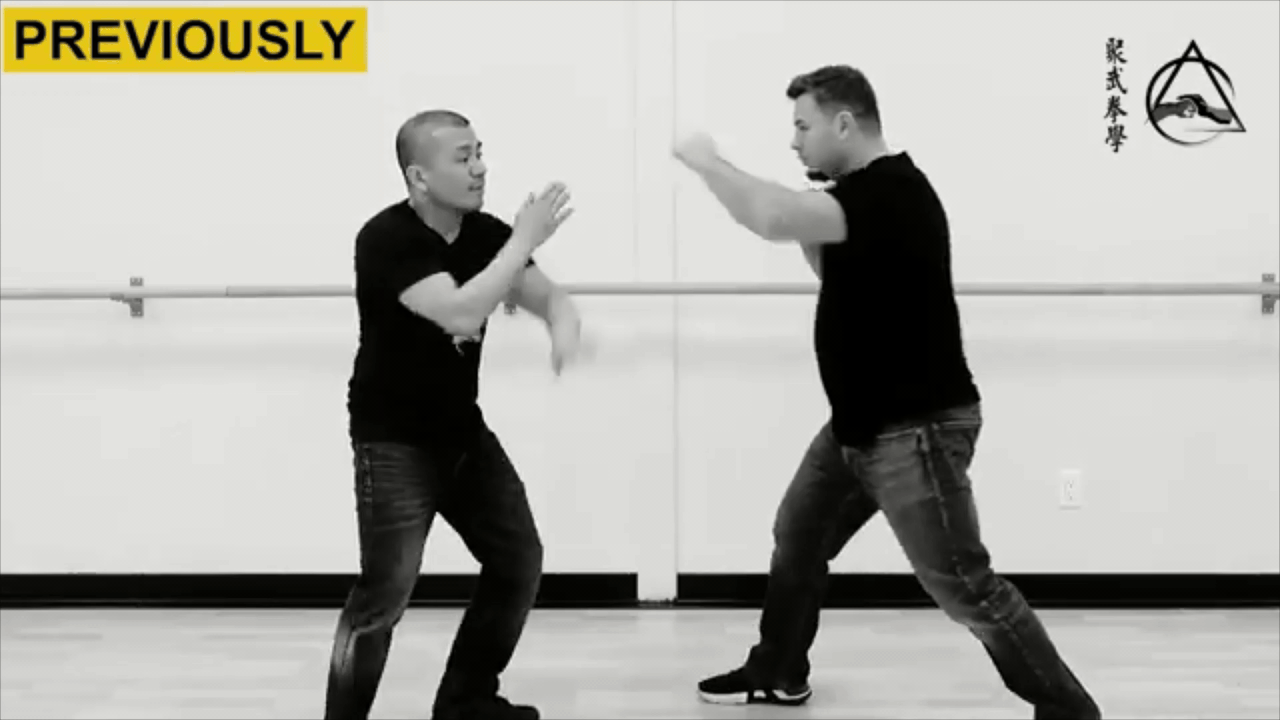drop bear
Sr. Grandmaster
- Joined
- Feb 23, 2014
- Messages
- 23,486
- Reaction score
- 8,165
Adam Hsu has written about the Shaolin temple. It can be found in his book The Sword Polisher's Record. The title of the essay is The Myth of Shaolin Kung-Fu and the opening paragraphs begins:
The Shaolin Temple is often thought of as the origin and center of martial arts. The Shaolin monks passed on their ancient arts, providing the seeds from which the numerous kung-fu styles grew over the centuries. In reality, Shaolin Kung-fu is mostly a fairy tale, and the origins of Shaolin kung-fu is more mythical than real.
When I posted the original videos my intention was positive. The videos struck me as interesting and informative. Being new to the forum I was unaware that some members would respond in the way they have. All history is debatable, and labels are open to interpretation. You can watch the videos if you choose, or ignore them. You can discuss the minutia of the topic until the cows come home - it is your choice. My aim was just to share something which I thought others would enjoy too.
Thank you once again for all your comments 🙏
You are better of doing your own commentary on the videos if you want to focus on certain aspects of it.
If you leave it up to interpretation. People will interpret it.

